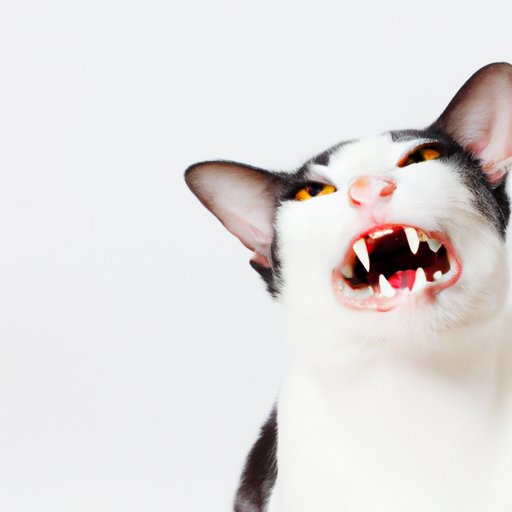Introduction
Cat meowing is a common behavior that can be cute and endearing, but it can also be frustrating for pet owners when the meowing becomes excessive. In this article, we will explore the reasons behind cat meowing, different types of meows and what they mean, how to reduce excessive meowing, and when to be concerned about this behavior. Whether you are a seasoned cat owner or new to feline behavior, this guide will help you understand why your cat is meowing and how to communicate with them more effectively.
Causes of Excessive Meowing in Cats
Excessive meowing in cats can have multiple causes, ranging from medical conditions to environmental factors. Hyperthyroidism, cognitive dysfunction, and other health problems can lead to increased meowing. Additionally, changes in routine, lack of mental stimulation, or a stressful home environment can contribute to this behavior.
Understanding Feline Communication: Why do Cats Meow?
Meowing is a way for cats to communicate with humans, and they can use this vocalization to express a variety of emotions and intentions. For instance, cats may meow to greet their owners, demand food or attention, or communicate distress. Learning to differentiate between these different types of meows can help you better understand your cat’s behavior and needs.
Common Reasons Why Cats Meow Excessively
If your cat is meowing excessively, there are several common reasons that may be behind this behavior. Hunger, boredom, anxiety, and other factors can lead to increased vocalization. For instance, a cat may meow insistently when they are hungry or anxious, or when they want to play.
Is My Cat Meowing for Attention or Out of Distress?
Determining whether your cat’s meowing is a sign of attention-seeking behavior or a sign of distress can be challenging, but there are some clues to look for. If your cat is pacing or engaging in destructive behavior, this may suggest that their meowing is a sign of distress. On the other hand, if they are rubbing against you or purring, this may indicate that they are seeking attention or expressing affection.
How to Reduce Excessive Meowing in Cats
If your cat is meowing excessively, there are several steps you can take to reduce this behavior. Providing mental stimulation through play or puzzle toys, feeding multiple small meals throughout the day, and creating a calm environment for your cat can all help. Additionally, training techniques like teaching your cat to respond to a designated sound or command can also be effective.
When to Be Concerned About Your Cat’s Meowing
While meowing is a common behavior for cats, excessive meowing may be a sign of a more serious underlying problem. If your cat’s meowing is accompanied by other symptoms, such as lethargy or loss of appetite, it may be necessary to seek veterinary help. Additionally, if your cat’s meowing is causing problems for you or your neighbors, it may be necessary to intervene with behavioral or medical interventions.
Tips to Decipher Your Cat’s Meows and What They Mean
Deciphering your cat’s vocalizations and body language can be challenging, but with some attention and practice, you can learn to understand what your cat is trying to communicate. Paying attention to the different types of meows, as well as your cat’s posture, body language, and other vocalizations, can help you develop a deeper understanding of their behavior and needs.
Conclusion
Excessive meowing can be a frustrating behavior for cat owners, but by understanding why cats meow, what different types of meows mean, and how to reduce excessive meowing, you can develop a stronger bond with your feline companion and provide the care and attention they need. If you are concerned about your cat’s meowing, it is always best to seek veterinary help and guidance.
